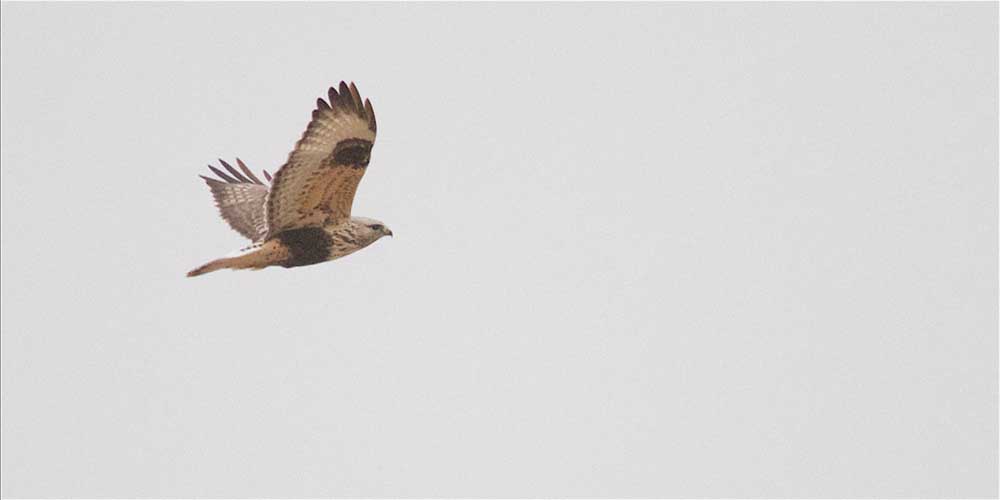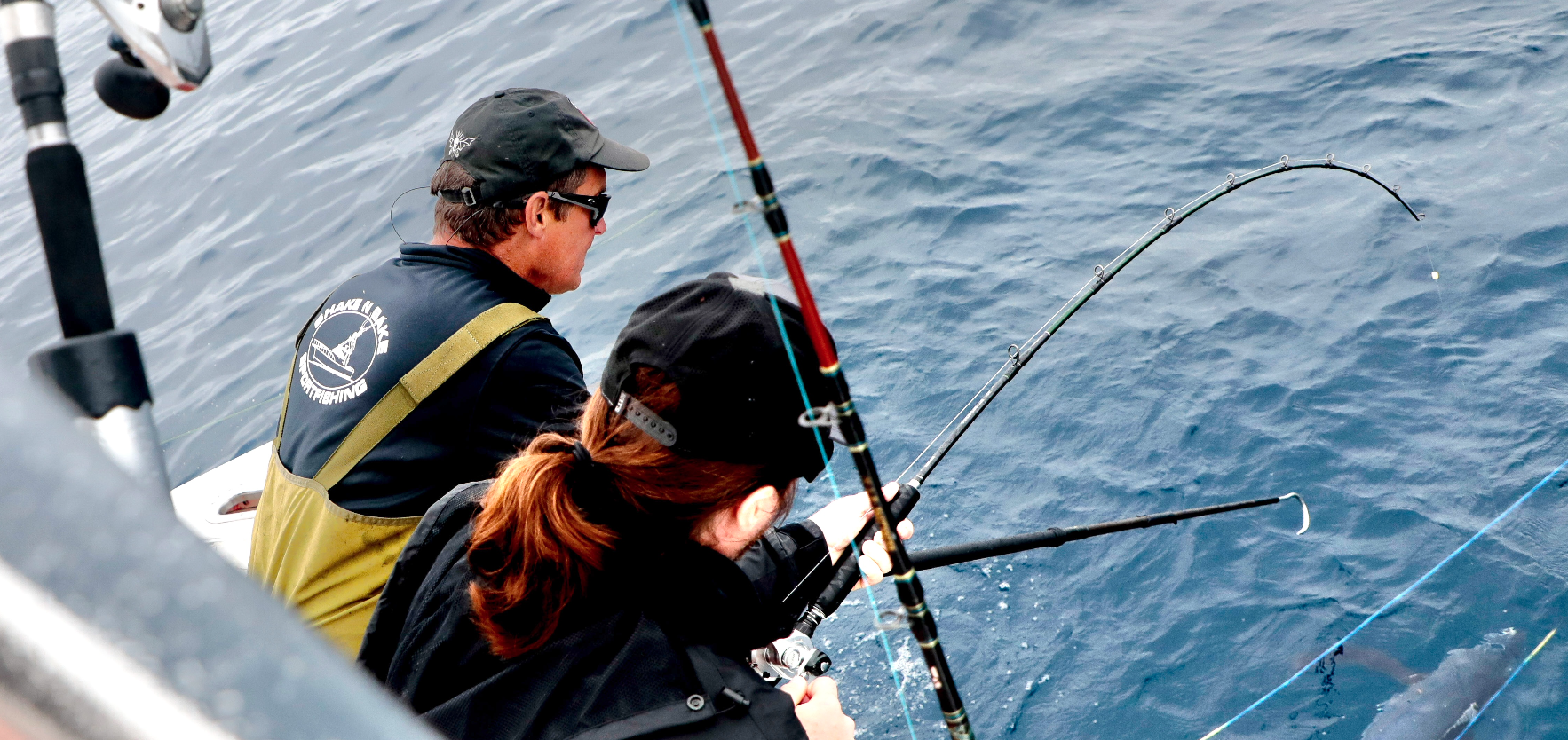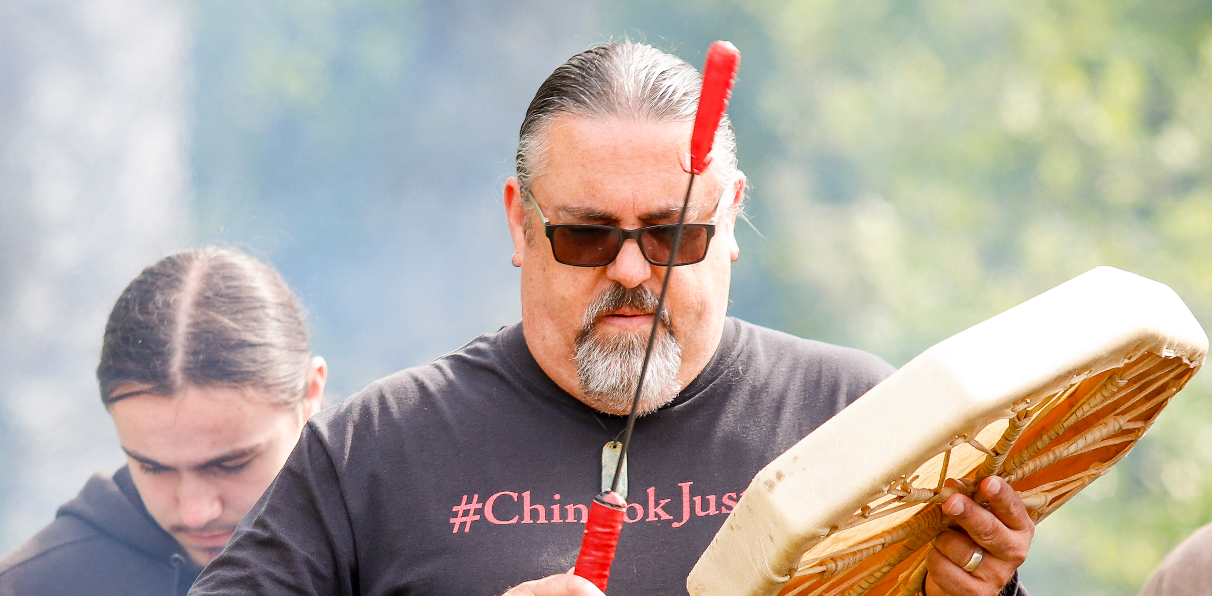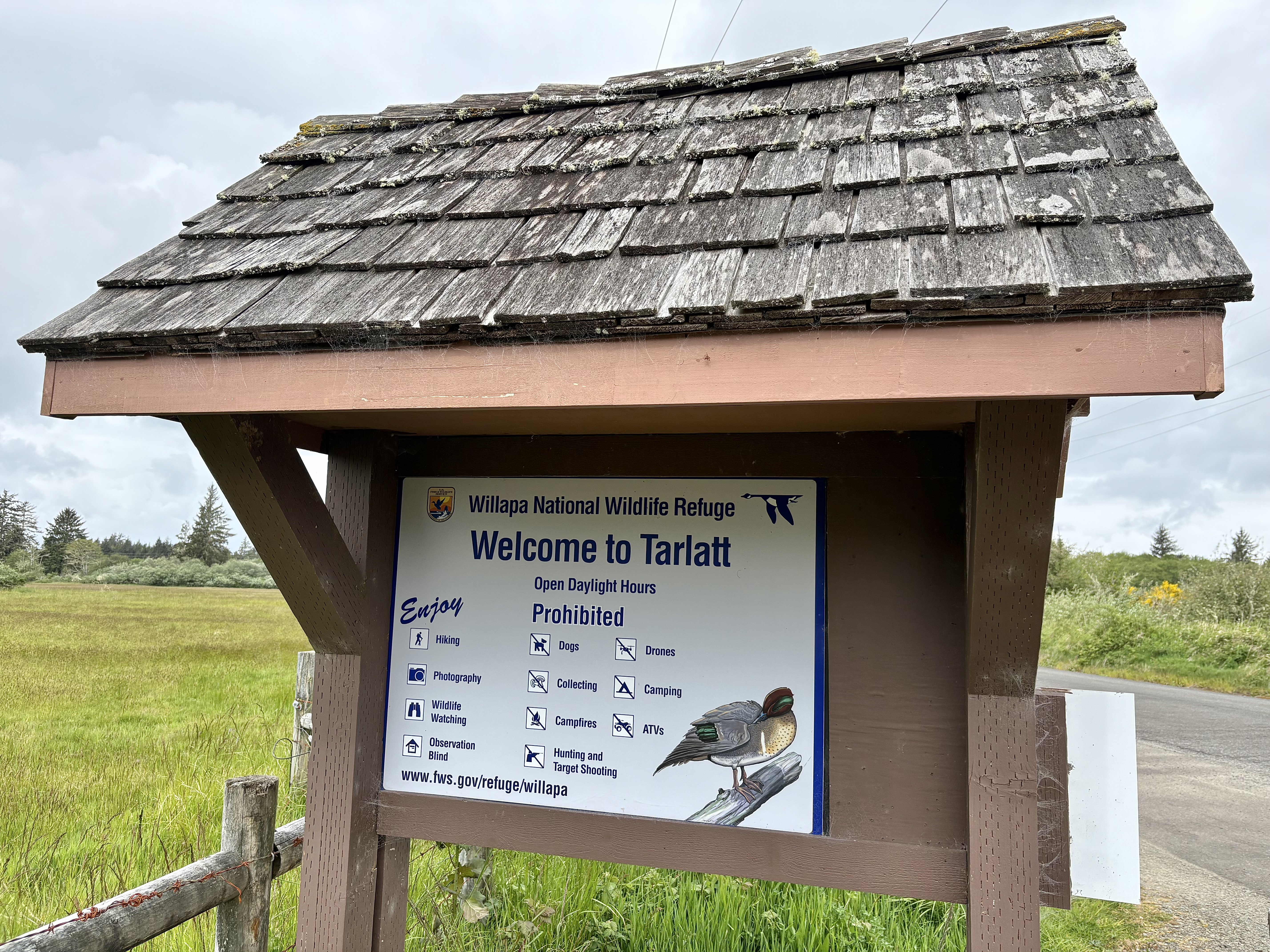Birdwatching: Rough-legged hawk is the quintessential Arctic raptor
Published 9:20 am Tuesday, January 5, 2016

- Rough-legged hawks have easily distinguishable markings.
By Dr. Madeline A. Kalbach
Trending
For the Observer
The rough-legged hawk’s reputation as the quintessential Arctic raptor is appropriate, because it breeds on the tundra and winters in open country across North America. It gets its name because of its feathered legs. It is only one of three raptors to enjoy this claim to fame! It is a large, slender hawk that is bigger than a crow, but slightly smaller than a Red-tailed hawk. The rough-legged has long narrow wings and a longish tail. Its wing tips are broad, and like many hawks, it has two forms, a light form and a dark form. A definitive identifying characteristic of the light phase rough-legged is its dark belly patch. Female hawks, for example, appear to be wearing a dark skirt. Males are similar, but their skirts are more mottled. Much of the underside is whitish.
It loves to face into the wind and hover over an open area as it hunts for prey. It also hunts from the top of utility poles, fence posts, on the ground or on the tops of spindly trees. The latter is a place where other hawks fear to perch! When soaring the rough-legged hawk raises its wings in a V-shape.
Trending
In essence, the rough-legged is an open country hawk that hovers over fields, pastures, and marshes when on the hunt for a tasty small mammal. It especially loves to eat mice, shrews and voles when on its wintering grounds.
The rough-legged hawk is uncommon on the Willapa National Wildlife Refuge and surrounding areas, but is considered relatively rare in Pacific County as a whole, where there are only five sightings on record. According to ebird, the place where birders can report their sightings for others, birders and researchers to see, one sighting on the Peninsula was reported in 2011. Two sightings were reported in 2013 and one was reported in November 2015. The annual Christmas bird count in our area was held in mid-December. It yielded two light phase rough-legged hawks.
We know this is a bird of the open country that winters in our area. The sightings so far confirm this because all of the birds recorded since 2011 were seen in the Chinook Valley. This is a good time to see the rough-legged hawk. Drive through the valley on all its roads, especially the dike road. Look for the large, hovering dark brown hawk, facing into the wind. It will be of the light form and should sport a dark skirt!









